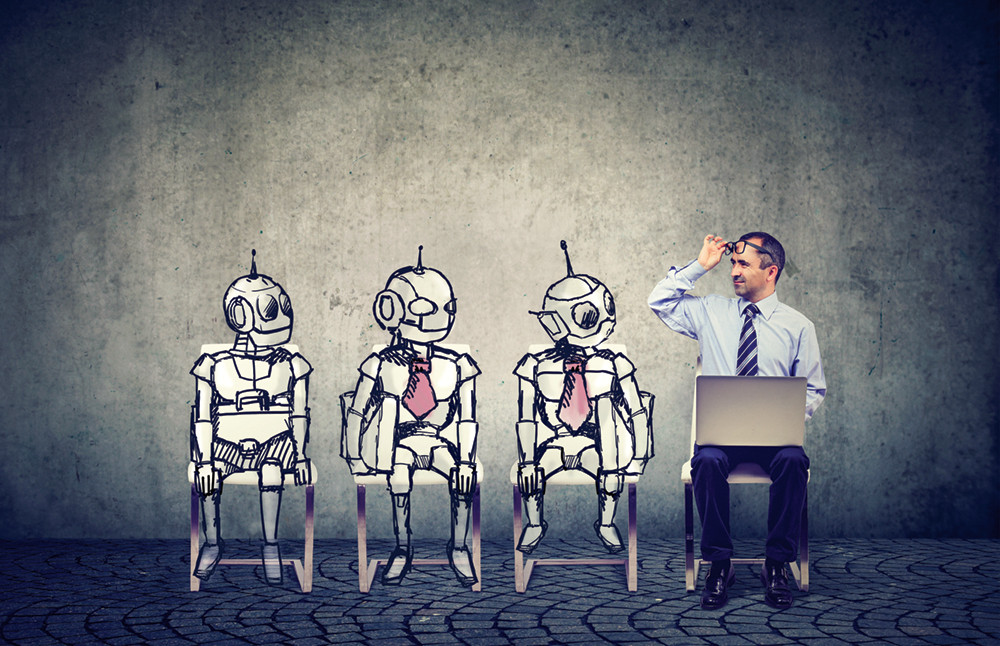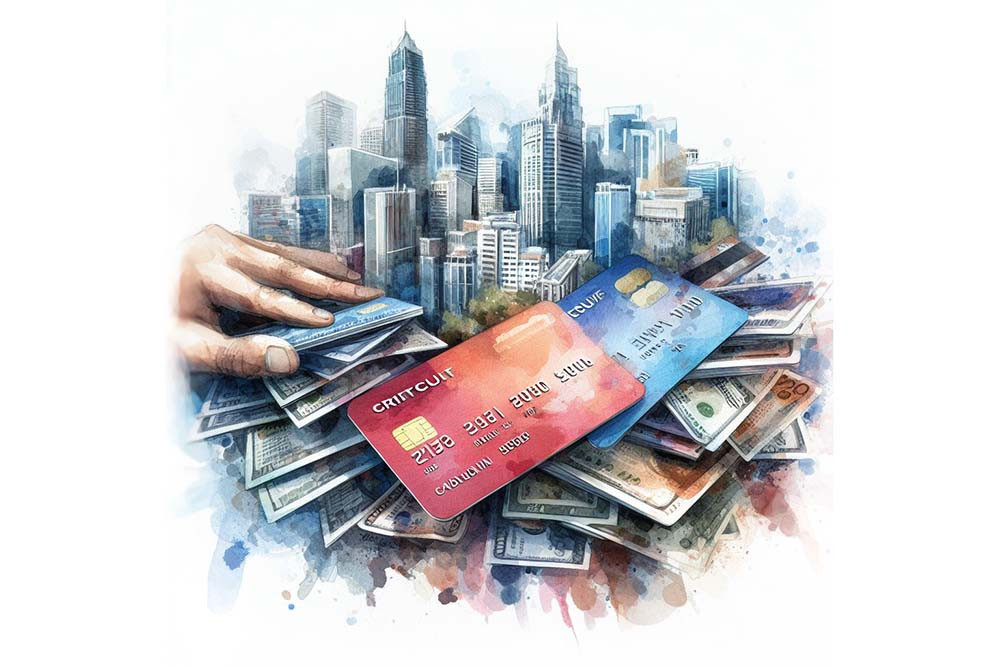
Blockchain technology has profound implications not only for currency, but for society at large.
Transactions and contracts, along with their records, are pillars of our legal, political, and economic systems. Much has been written about how blockchain will completely revolutionise and redefine economies and companies, breathing a new lease of life into these realms. And in addition to the more traditional managerial and social applications, blockchain technology is quickly transforming the art world by helping solve authenticity and traceability issues.
However, an increasingly popular blockchain concept called institutional cryptoeconomics offers the same benefits of data protection and setting organisational boundaries, all while being more secure and private.
In this article, we will discuss the basics of institutional cryptoeconomics, along with the concept of ledgers and its eventual evolution. We will also touch base on the economic consequences of blockchain and the benefits that it holds for society as a whole.
Ledgers: The Concept and its Evolution
Ledgers are capable of far more than just recording accounting transactions. As data is maintained according to a predetermined rule structure, anytime anybody needs a consensus about facts, they can refer to a ledger. The following are a few advantages of ledgers: • They help confirm ownership—whether it’s property titles, clubs, or firms. • They help confirm authority by identifying decision-makers and authorised people, while simultaneously serving as a means to restrict unsanctioned access to protect confidential data. • They help confirm status by clearly highlighting rights and obligations. In fact, citizenship, and more specifically, an electoral roll, is a ledger as well. • They help confirm identity that, in turn, can track their existence and status under tax law.Today, governments and banks have become more receptive to digital currencies. The Bank of Thailand, for instance, grabbed eyeballs when it created a model for testing real-life business using illustrations of its central bank digital currency (CBDC), but this wasn’t always the case. Many centuries ago, instead of crisp sheets of paper, it was clay tablets that were baked with a cuneiform inscription detailing units of rations, names of workers, and taxes. The first consequential change was the invention of double-entry bookkeeping in the 14th century that recorded both debits and credits, allowing for the reconciliation of information between ledgers. The rise of large corporate firms and bureaucracies marked another advancement in ledger technology during the nineteenth century. But then again, this whole system works on goodwill. Things became more digitised in the late twentieth century with the introduction of databases for more complex distribution, calculation, analysis, and tracking. The database again relies on trust, because it’s only reliable as the organization that maintains it, and its employees. This is one of the problems that blockchain solves. In essence, blockchain relies on distributed ledgers that don’t rely on any trusted central authority for ledger maintenance and validation. It can also be an excellent alternative to give users economic freedom and keep transactions private.As you may have realized, having banknotes isn’t exactly a foolproof way to secure your finances. One of the biggest benefits of blockchain technology is the fact that it offers far greater security and other integrations that make them a much better alternative to do business with.
Ownership vs. Possession: How Are These Concepts Different in Ledgers?
The difference between ownership and possession is crucial and yet easy to miss. Before digitalisation, possession indicated ownership of a specific right. While it‘s true that possession implies ownership, it isn’t ownership in the actual sense. Let’s take money, for instance. Possessing a banknote token indicates ownership, giving you the right to draw on the issuing bank the value of the note. However, it doesn’t take away from the fact that banknotes are susceptible to be stolen and forged. Fiat currencies, such as the dollar, cannot be returned to the central bank for gold. But its value still depends on the social consensus about the stability of the currency and government that issued it. In other words, a bill is a call on a bond in the synthetic ledger, which is largely dependent on the bond. If the relationship falls apart, so does the value of the bill. As you may have realized, having banknotes isn’t exactly a foolproof way to secure your finances. One of the biggest benefits of blockchain technology is the fact that it offers far greater security and other integrations that make them a much better alternative to do business with. Not only is blockchain inherently decentralised, it’s also very secure thanks to cryptography, which means that each transaction must be signed using a private key and then verified with a public key. Furthermore, there are many cloud-based backup services that make it easy to securely store software-based crypto wallets.Not only is blockchain inherently decentralised, it’s also very secure thanks to cryptography, which means that each transaction must be signed using a private key and then verified with a public key. Furthermore, there are many cloud-based backup services that make it easy to securely store software-based crypto wallets.
What is Institutional Cryptoeconomics?
Institutional cryptoeconomics involves the study of institutional outcomes of hard-to-predict cryptographically secure ledgers. It also understands the economy consists of rules, such as laws, property rights, languages, regulations, societal norms, and ideologies. These rules allow opportunistic and dispersed people to coordinate their activities properly, and all while facilitating exchange. Again, we would like to emphasise that this exchange doesn’t have to be restricted to the economy, and can extend to social and political exchanges as well. Economic principles and theories justifying the blockchain and alternative blockchain implementations are the primary focus of cryptoeconomics. Game theory and incentive design are major influencers here since they relate to blockchain mechanism design. Neoclassical and classical economists, on the other hand, understand the purpose of economics as the study of the production and distribution of scarce resources, along with the factors that support the production and distribution of the same resources. To put things into perspective, institutional cryptoeconomics looks at the institutional economics of the cryptoeconomy and blockchain. While the economy itself is a system to coordinate exchange, institutional cryptoeconomics prioritises ledgers (which is essentially data structured by rules) over generalised rules. It also deals with the social, political, and economic institutions that were developed to service these ledgers, and the way blockchain changes ledger patterns throughout society. Since 2018, the global spending on blockchain solutions has increased to $2.1 billion, and there has been nearly a 3x rise in blockchain-related job postings on relevant job platforms like LinkedIn. Basically, the demand and relevance of blockchain are increasing with every passing day. So it’s safe to say that cryptoeconomics will all set to become the next buzzword across sectors.Understanding the Economic Consequences of the Blockchain
Before we talk about the economy, in particular, we have to understand that money is just the first use case of the blockchain. Let’s discuss how blockchain can change our economy in greater detail below:Changing Value
For futuristic sharing concepts to be successful, every item has to be well-documented after proving its authenticity, assigned a current value, and insured in a bid to make data almost impossible to forge. This is something that blockchain can help tremendously with. Doing this will enable users to access information with regard to the item’s location, its current worth, and its condition.Shifting Responsibility
Blockchain has made the economy more open to the system of renting since it records every step in the process. In the case of film equipment, for example, renting can be helpful since they are very expensive (and getting them insured isn’t easy). Instead, people can authenticate high-value assets by placing a microchip on them and then registering them on the blockchain. This will create a link between a record of its authenticity and the data about its condition, which will let you purchase insurance quickly.Decentralisation of Ownership
The way we view ownership and material possessions will undergo immense change against the background of a radical sharing economy. It’s highly likely for there to be a shift from a consumer-based materialistic mindset to an economy that is more focused on future sharing and decentralised ownership as a whole. This is one of the biggest trends that we have seen when it comes to buying and selling cryptocurrencies as well. Thanks to the rise of mobile computing, cloud-based trading platforms, and machine learning technologies, the ownership of possessions such as blockchain-based currency is more decentralised than it ever has been before. Attitudes about ownership might change altogether stemming from a new concept of consumerism due to the fractional ownership of possessions, real estate, and art. Things are certainly still vague, but it isn’t impossible either.Since 2018, the global spending on blockchain solutions has increased to $2.1 billion, and there has been nearly a 3x rise in blockchain-related job postings on relevant job platforms like LinkedIn. Basically, the demand and relevance of blockchain are increasing with every passing day. So it’s safe to say that cryptoeconomics will all set to become the next buzzword across sectors.
Attitude Adjustments
Blockchain might change the attitudes of people concerning objects, thus reducing their attachment to possessions. It will make them more open to putting their items in storage and allowing other people to rent them out when needed. The availability of software and tools to provide protection against attack vendor vulnerability and other kinds of cybercrime can also be another factor that contributes to the change in mindsets due to greater assurance.Increase Machine-to-Machine (M2M) Transactions
Imagine a scenario where machines use blockchain to become independent members of the market with their respective bank accounts. This will then allow the machines on the Internet of Things (IoT) to be able to lease themselves out. Of course, for this to happen, artificial intelligence (AI) advancements are equally necessary. In addition to this, machines will also be able to schedule and pay for their own maintenance, purchase their own replacement parts, and maintain transactional records—all of this using the blockchain technology.The Bottom Line
Besides benefiting the economy, blockchain technology can be key to solving big problems like poverty and corruption of the developing world and the developed world. Plus, the ongoing coronavirus pandemic will certainly make things more complex on all fronts. No doubt, adapting to the massive blockchain and associated technological changes will disrupt the current economic conditions. More so because the plan of action to implement these changes is still a work in progress, which is why entrepreneurs and innovators have to resolve the uncertainty through a process of trial and error. Nevertheless, it’s a challenge that should be welcomed and taken head-on since the possibility of the technology changing operations across sectors for the better is far greater.
Published Date: November 18, 2020, 12:00 am
Post Comment
E-Magazine
RELATED Economics





